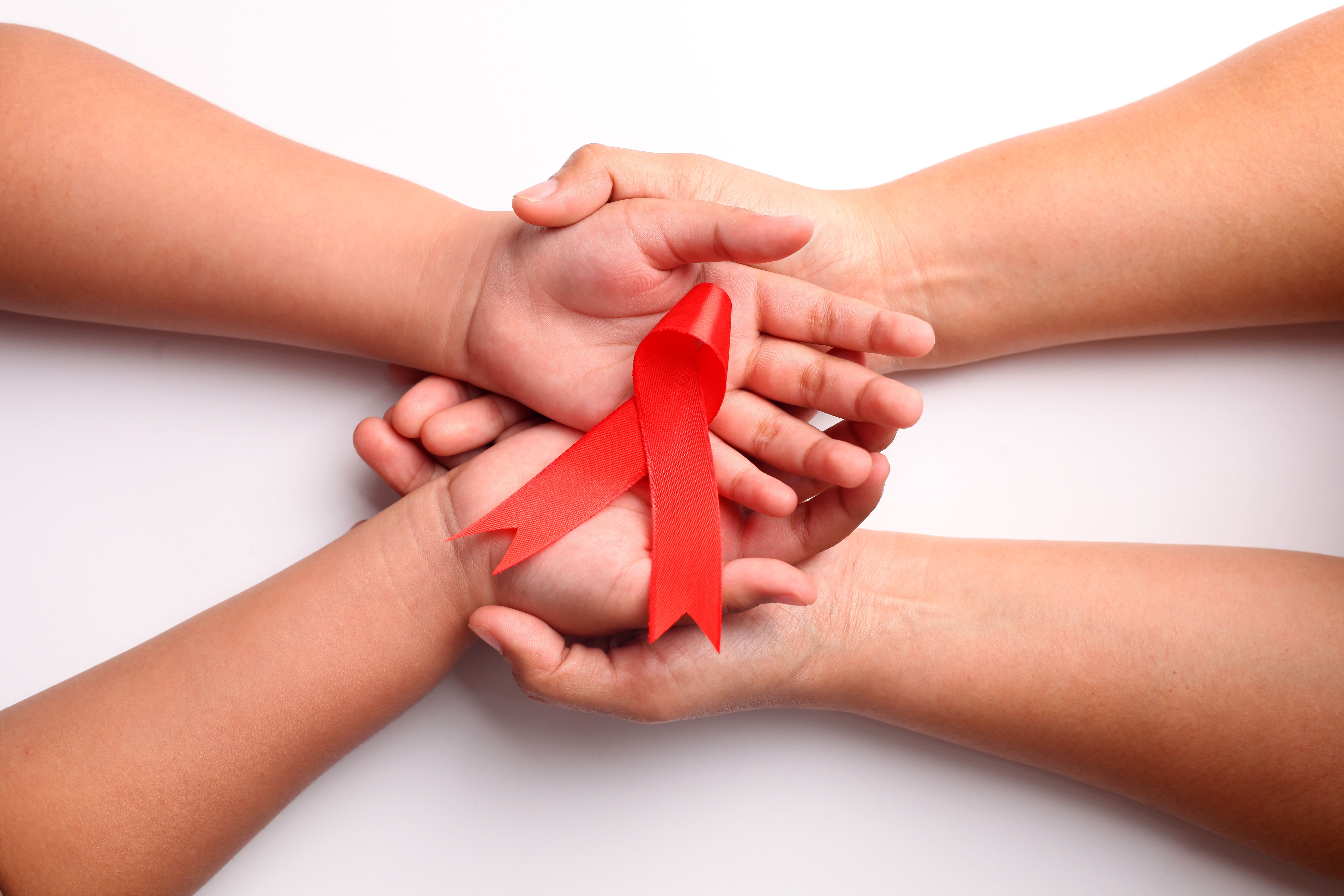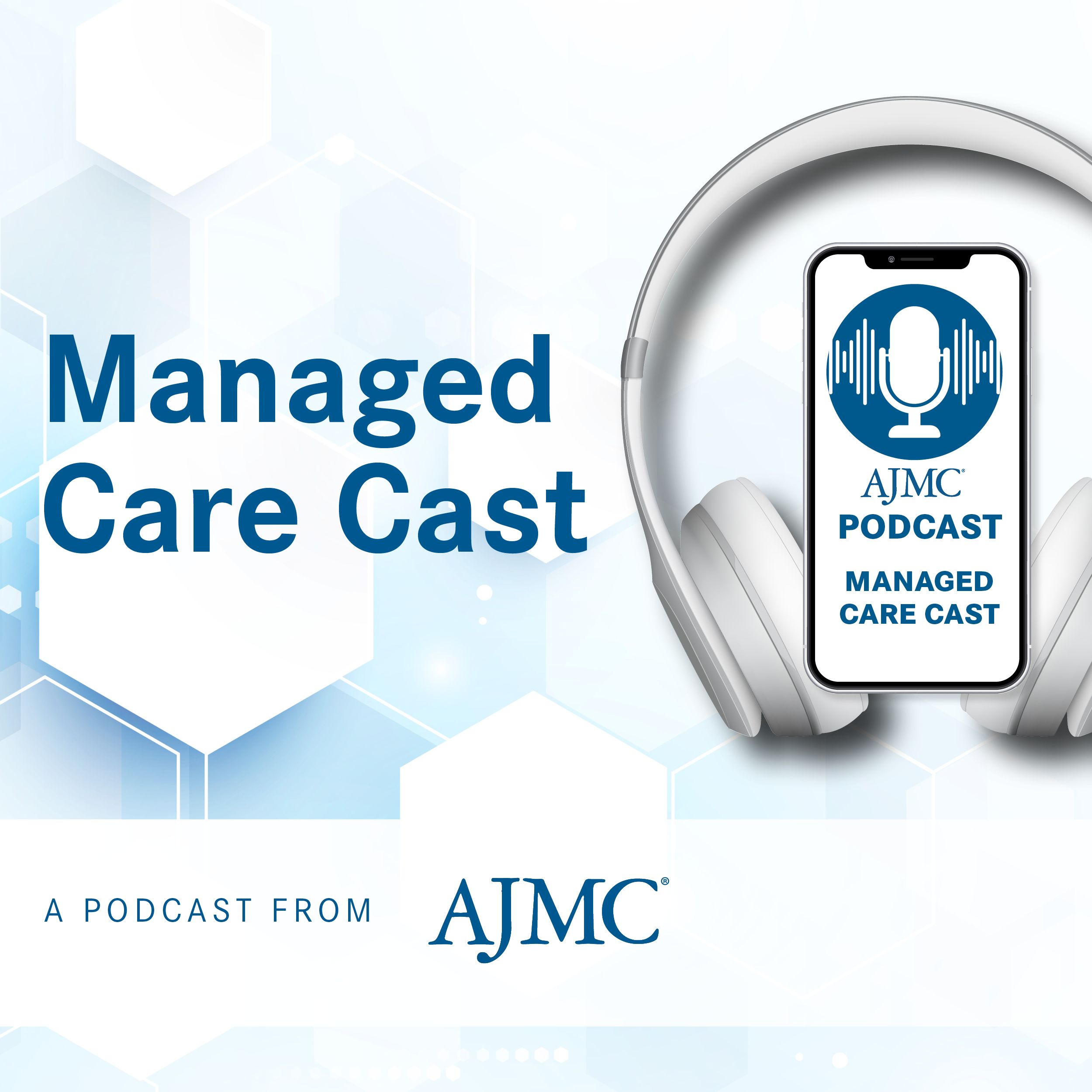News
Article
Analysis Supports Use of Newer PRO Scale in Myasthenia Gravis Trials
Author(s):
A recent study showed that the Myasthenia Gravis (MG) Symptoms PRO scales viably measure core symptoms of the disease.
Data from a new study support the use of a newer patient-reported outcomes (PROs) scale for collecting patient perspectives on myasthenia gravis (MG) symptoms in clinical trials.1
Leveraging data from patients in the Phase 3 MycarinG trial, researchers of the new study showed that the MG Symptoms PRO scales is a viable measurement of core symptoms of the disease among patients receiving treatments in clinical trials. The new findings are published in Frontiers in Neurology.
“Our psychometric analyses of the data collected in the MycarinG study provided additional evidence, from a larger sample, consolidating the demonstration that all 5 MG Symptoms PRO scales are adequate measures of the severity of cardinal symptoms of MG,” wrote the group. “They also provide useful information for the interpretation of three scales of the instrument (Muscle Weakness Fatigability, Physical Fatigue, and Bulbar Muscle Weakness scales) both at the individual and group levels.”
A woman consults with a doctor about myasthenia gravis symptoms. | Image credit: Chinnapong - stock.adobe.com

MG Symptoms PRO scales, which were developed to measure key MG symptoms among patients in clinical trials and monitor severity of symptoms in clinical practice, use sound mixed methods psychometrics. Unlike more established outcomes measures, the newer approach is modular, with the 5 independently measured scales—muscle weakness fatigability, physical fatigue, bulbar muscle weakness, ocular muscle weakness, and respiratory muscle weakness—making up 42 patient-reported items.2
The researchers applied MG Symptoms PRO scales to patient data from the phase 3 MycarinG study, which assessed rozanolixizumab in patients with the rare disease. The study showed that the treatment was associated with clinically meaningful improvements in PROs, as well as investigator-assessed outcomes.3
MG Symptoms PRO scales scores were among the PRO scores collected throughout the study, during screening, at baseline, during treatment, and during the observation period following treatment.
Data from 200 patients from the study were used for this current analysis, with the researchers performing classical test theory (CTT) and RMT analyses, both of which showed strong results for the PRO scales. For example, in the CTT analysis, muscle weakness fatigability, physical fatigue, and bulbar muscle weakness scales reliability coefficients were consistently higher than 0.80. For some scales, reliability coefficients surpassed 0.90.
“The reliability coefficients for MG Symptoms PRO scale scores obtained in this sample were very similar to those previously reported, confirming their good reliability,” explained the researchers.“The reliability of the new ocular muscle weakness and respiratory muscle weakness scores, which included additional items compared to the versions previously reported, were improved, confirming the appropriateness of adding these items to create better measures.”
Findings also indicated patient acceptance of the measure, with a 98.3% completion rate among assessments.
Through triangulation of anchor- and distribution-based data, the researchers determined thresholds for clinically meaningful within-patient improvements. The group determined a threshold of -16.67 as a fair estimate of within-patient improvement in fatigability, which would require improvements in at least 1 category of 6 of the 9 items. A threshold of -20.00 was determined as a fair estimate of within-patient improvement of physical fatigue, which would require at least 1 category improvement in 12 of the 15 items. Similarly, a threshold of -20.00 was determined as a fair estimate of within-patient improvement for bulbar muscle weakness, which would require at least 1 category improvement in 6 of the 10 items.
"The cumulative body of evidence on the MG Symptoms PRO scales supports their use as fit-for-purpose measures of the core symptoms of MG (muscle weakness fatigability, physical fatigue, bulbar muscle weakness, respiratory muscle weakness, and ocular muscle weakness) in clinical trials," the authors concluded. "Most importantly, reference values for meaningful change are now available to guide their interpretation at both the individual and group levels."
References
- Regnault A, Habib AA, Creel K, Kaminski HJ, Morel T. Clinical meaningfulness and psychometric robustness of the MG Symptoms PRO scales in clinical trials in adults with myasthenia gravis. Front Neurol. Published online June 24, 2024. doi:10.3389/fneur.2024.1368525
- Cleanthous S, Mork A-C, Regnault A, Cano S, Kaminski HJ, Morel T. Development of the Myasthenia Gravis (MG) Symptoms PRO: a case study of a patient-centered outcome measure in rare disease. Orphanet J Rare Dis. 2021;16(1):457. doi:10.1186/s13023-021-02064-0
- Bril V, Drużdż A, Grosskreutz J, et al. Safety and efficacy of rozanolixizumab in patients with generalised myasthenia gravis (MycarinG): a randomised, double-blind, placebo-controlled, adaptive phase 3 study. Lancet Neurol. 2023;22(5):383-394. doi:10.1016/S1474-4422(23)00077-7
Newsletter
Stay ahead of policy, cost, and value—subscribe to AJMC for expert insights at the intersection of clinical care and health economics.





